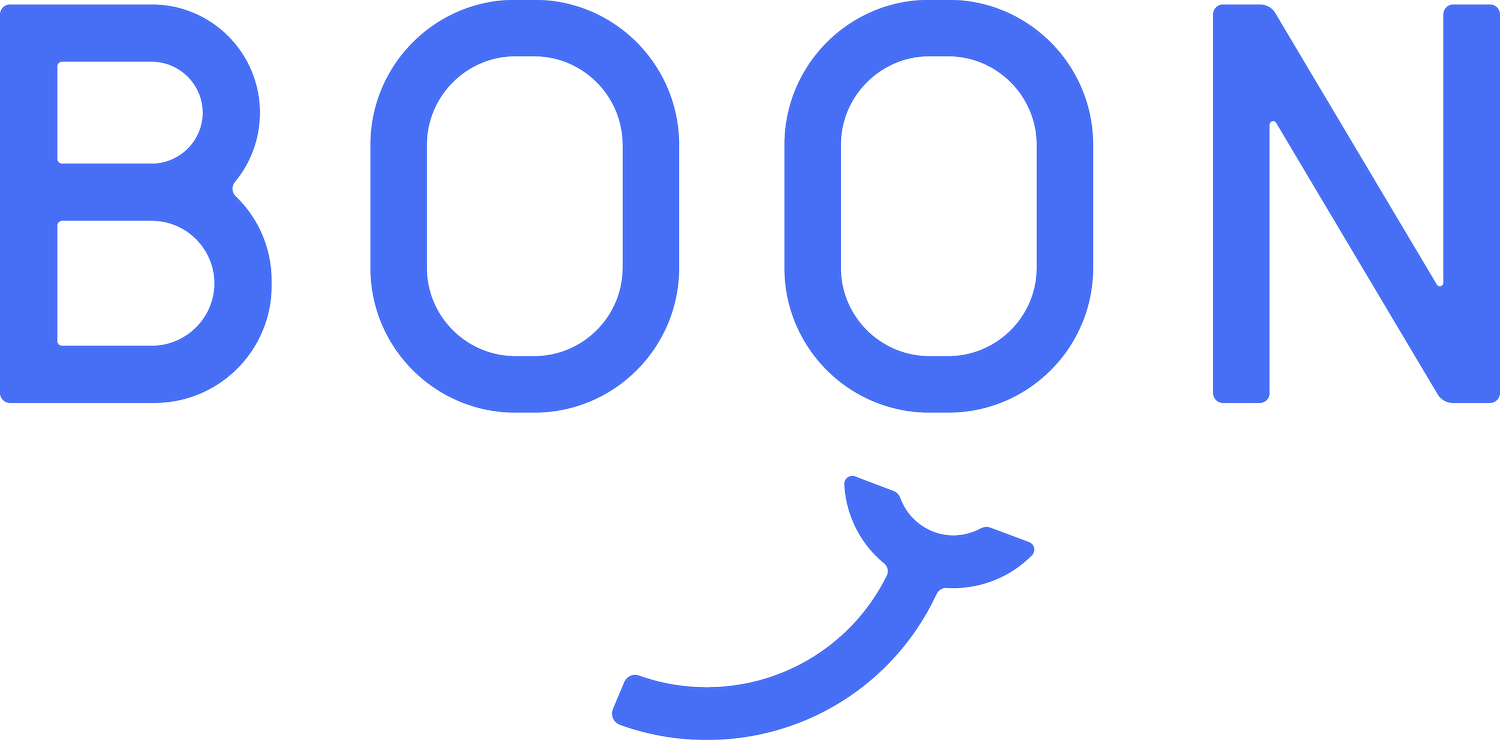Create Psychological Safety for Higher Team Performance
Nikki Kett
If you want to create higher performing teams, you have to learn how to create an environment where your team members feel safe and connected –an idea called psychological safety. Our human brains are naturally wired to scan the environment to see if it is safe. Evolutionary, we survived when we were part of a group that accepted us. When we were rejected from our tribe, life became more dangerous because of our inability to survive harsh environments on our own with limited resources. Fast forward to today, our brains still have the same wiring, and understanding this in today’s workplace is essential to the success of teams and culture.
Leaders of teams that take accountability to create workplace environments where people feel safe to be themselves will improve their team performance. Psychological safety is the idea that you are safe and connected to a group and signals to our brain that it is safe to let our guard down. In environments where psychological safety is created, serotonin and oxytocin are released into the brain, creating empathy and trust, allowing the connection of teams to deepen. When we feel supported by the group that we work with, we gain confidence in ourselves to take more risks and get outside of our comfort zone.
When we don’t feel safe in our environment, we spend more time in fight-or-flight emotions–limiting our brain’s ability to function creatively and freely. Environments where psychological safety is not a priority, trigger the amygdala and create fear and anxiety. Over the long term, this can be detrimental to team performance, and cause burnout in employees.
Things don’t have to be explicitly said for people to feel a certain way about their environment – we have mirror neurons that make other’s emotions contagious. This is why coaching can be so critical to improving our team’s performance. If a team leader is struggling themselves with stress, anxiety, and fear, this can be expressed in the environment in ways that impact team member’s performance. The amygdala in our brain takes just 33 seconds to identify someone else’s emotions and reciprocate the same feeling in us. Coaching can not only support the leader in working through their negative emotions that can impact their teams, but it can also help all team members process theirs if they are impacted.
The goal isn’t to learn to avoid negative emotions all together. Life is 50% positive emotion and 50% negative emotion –that is just a part of being a human being. But when leaders learn how to be resilient in their own emotions and move through their negative emotional cycles so that they can still show up in their highest self when working with those they lead – the team performance improvement will be exponential.
One way to start inspiring psychological safety as a leader is to take the time building relationships with those that you work with. You have to get to know your team members and connect with them on a genuine level. You should also be willing to listen to team members perspective and questions when faced with obstacles. Sometimes this means checking your ego at the door to receive team feedback about how things can be improved.
Some questions to start asking your team members are:
What did you think?
What would you improve?
What do you think I/we can do better?
How can I best support you?
What is your favorite part of work?
Research shows that only 1 out of 8 people in a group will confront leadership or a boss because of the fear that the boss won’t care or will be put down. With psychological safety – bosses can empower their team members to openly share their feedback so that the team can grow.
Still not convinced? Google did a series of 200 interviews and found that the skills of people on a team didn’t matter. The teams with the highest skill level were not the most successful. What mattered most was how team members interacted with each other and how they felt their contributions were received by the group. You can have all the talent in the world but without a culture of mutual respect and reciprocity you won’t create high performing teams.
Ready to get started with coaching to increase your team’s performance and psychological safety? Book your free demo with Boon today!


